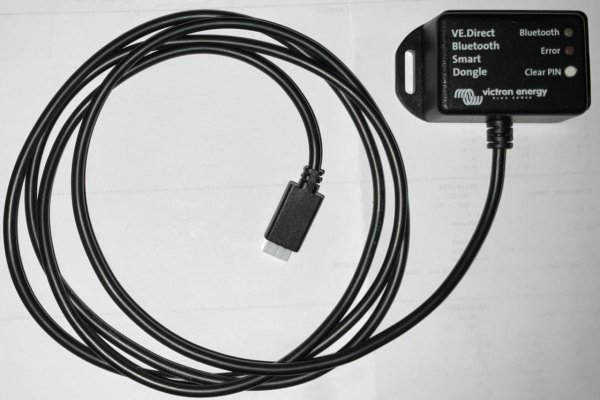capran
Senior Member
- Joined
- Apr 11, 2022
- Messages
- 198
- Vessel Name
- Honu
- Vessel Make
- Helmsman 38/Mariner Saville 37
Had an interesting conversation with the PO of the new to me Helmsman 38 E. He insists that if there is no load that the inverter uses no power. We had a very small inverter that when you turned it on, the link 20 system reflected that power was being used just being on. He said he turns on the inverter when he leaves the dock and leaves it on 24-7. I looked it up and it says in the brochure that the "Zero Load power is 20 watts". how would I convert that to amps being used if there was no load to the system?

